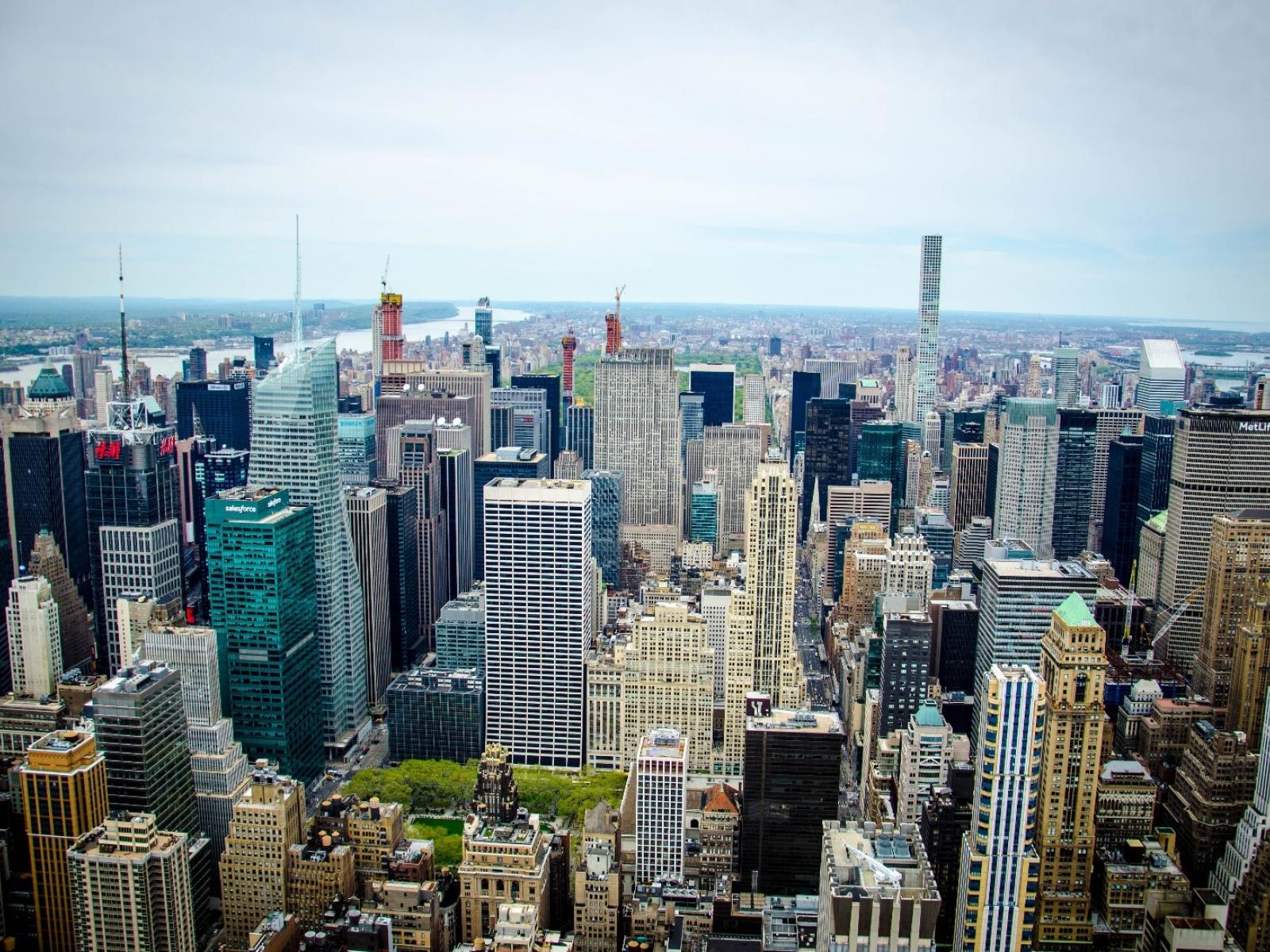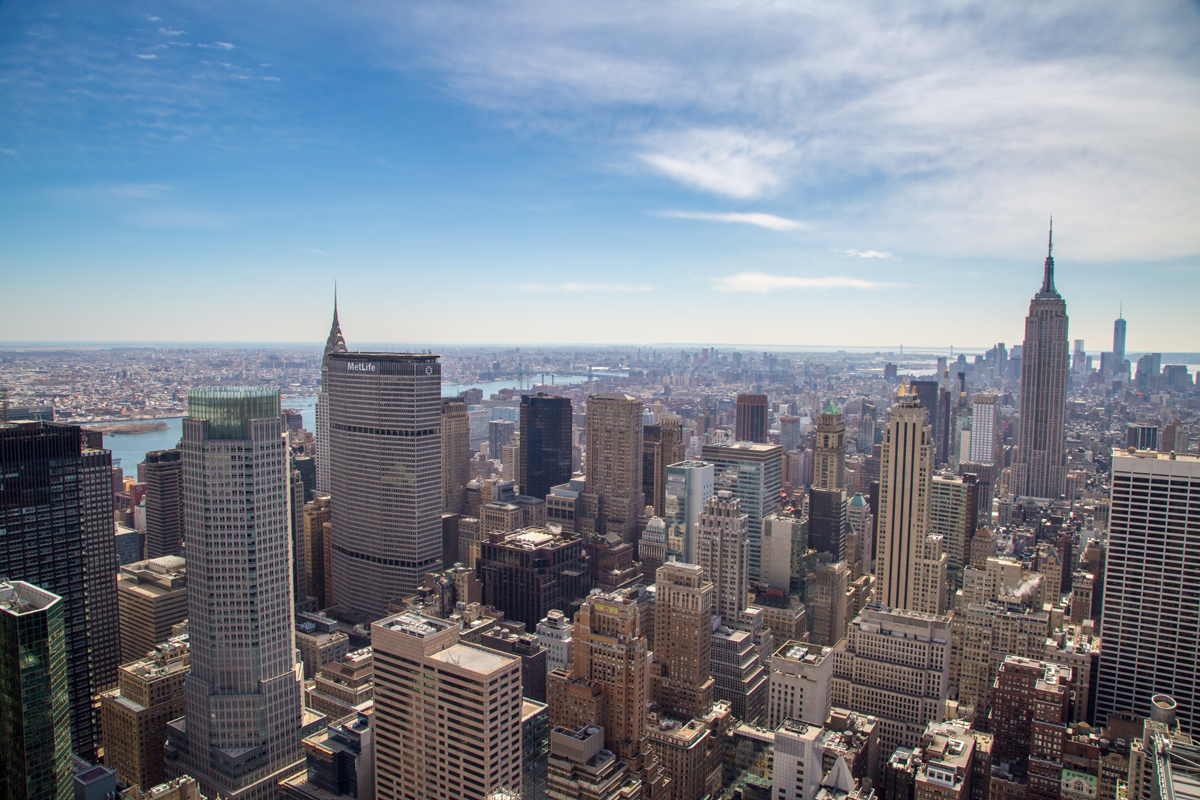
Urban Native American Communities: Cultural Preservation Beyond Reservation Boundaries
For generations, the narrative of Native American life has been inextricably linked to the reservation – sovereign lands serving as cultural anchors and bastions of identity. Yet, this traditional understanding captures only a fragment of the contemporary Native American experience. Today, a profound demographic shift has placed the majority of Indigenous peoples not on reservations, but in America’s sprawling cities. Over 70% of Native Americans now reside in urban areas, a testament to both historical federal policies and the ongoing pursuit of opportunity. In these bustling metropolises, far from ancestral lands, a vibrant and resilient movement of cultural preservation is unfolding, redefining what it means to be Native in the 21st century.
The migration to cities was largely spurred by the federal government’s "Indian Relocation Act of 1956," a policy designed to assimilate Native Americans into mainstream society by encouraging them to leave reservations for urban centers with promises of job training and housing. While these programs often failed to deliver on their promises, leading to displacement, poverty, and a profound sense of cultural alienation, they inadvertently laid the groundwork for a new form of community building. Native Americans from diverse tribal nations, initially isolated, began to find each other, recognizing a shared experience of urban adaptation. From this crucible emerged a unique "Pan-Indian" identity, where distinct tribal customs converged and new forms of cultural expression took root.
These early urban Native communities faced immense challenges. Stripped of traditional land bases, sacred sites, and often, direct access to elders and tribal languages, the task of maintaining cultural integrity seemed daunting. Discrimination, economic hardship, and the pressures of assimilation threatened to erode the very essence of their heritage. Yet, Native resilience, a hallmark of Indigenous peoples throughout history, prevailed. Slowly but surely, urban Indian centers, social organizations, and community groups began to form, becoming vital hubs for support, advocacy, and crucially, cultural revitalization.
Building New Cultural Anchors: The Urban Indian Center
Urban Indian Centers are perhaps the most tangible manifestation of this cultural perseverance. From the American Indian Cultural Center and Museum in Oklahoma City to the Native American Health Center in San Francisco, and countless smaller organizations across the nation, these centers serve as critical lifelines. They are places where Native people can find health services, educational support, job assistance, and, most importantly, a sense of belonging. But their role extends far beyond social services; they are the new longhouses, the new kivas, the new sweat lodges in the concrete jungle.

"Our center is more than just a building; it’s a living, breathing extension of our community," explains Dr. Sarah Deer (Muscogee (Creek) Nation), a legal scholar and advocate, speaking about an urban center in the Midwest. "It’s where our elders can teach language, where our youth can learn traditional dances, and where we can gather for ceremonies that connect us to our ancestors, even if we’re hundreds of miles from our tribal lands."
Within these centers, and in homes and parks throughout urban landscapes, Native Americans are actively engaging in a myriad of cultural preservation efforts:
- Language Revitalization: Recognizing language as the vessel of worldview, urban communities host language classes, intergenerational learning circles, and immersion programs. Apps, online resources, and culturally specific curricula are increasingly employed to bridge the gap for those who grew up without their ancestral tongue. "Losing our language is like losing a part of our soul," says Michael Johnson, a young Ojibwe man learning his Anishinaabemowin in Minneapolis. "Learning it here, in the city, feels like reclaiming something vital that was taken from us."
- Traditional Arts and Crafts: Beadwork, pottery, weaving, basketry, and regalia-making workshops are commonplace. These sessions not only pass down intricate skills but also foster a sense of shared heritage and provide economic opportunities through art markets. The act of creation becomes a meditative, healing practice, connecting individuals to generations of artisans.
- Ceremonies and Spirituality: While direct access to sacred sites may be limited, urban Native communities adapt. Powwows, vibrant celebrations of dance, song, and community, are held in city parks, school gymnasiums, and convention centers, drawing participants and spectators from all walks of life. Sweat lodges, often constructed discreetly on donated land or in urban green spaces, offer spiritual purification and connection. These gatherings are critical for maintaining spiritual well-being and reinforcing communal bonds.
- Storytelling and Oral Histories: Elders are revered as living libraries, and urban centers facilitate storytelling circles where traditional narratives, historical accounts, and personal experiences are shared. These oral traditions are crucial for transmitting knowledge, values, and cultural identity to younger generations, ensuring that the wisdom of the past informs the present and future.
- Foodways and Traditional Foods: The movement to reclaim traditional foods is also strong. Community gardens in urban settings allow for the cultivation of ancestral plants. Workshops on traditional cooking, foraging (where safe and appropriate), and the significance of foods like corn, beans, and squash connect people to their land-based heritage and promote healthier eating habits.
- Education and Advocacy: Urban Native organizations are powerful advocates for culturally relevant education in public schools, working to ensure that Native history and contemporary issues are accurately represented. They also provide scholarships, mentorship programs, and support for Native youth pursuing higher education, fostering a new generation of leaders who are both rooted in their heritage and equipped for the modern world.

Challenges and the Enduring Spirit of Adaptability
Despite these successes, urban Native communities face persistent challenges. Funding for cultural programs is often scarce, competing with pressing needs like housing insecurity and healthcare. The sheer diversity of tribal nations in a single city, while fostering Pan-Indianism, can also make it challenging to maintain the distinct practices of each individual tribe. Moreover, the lingering effects of historical trauma, including intergenerational poverty and health disparities, continue to impact the capacity for cultural transmission. The urban environment itself presents a paradox: offering opportunity but also the constant pressure of assimilation and the distance from ancestral lands and the natural resources essential for many traditional practices.
Yet, the ingenuity and adaptability of urban Native communities are their greatest strengths. They have learned to innovate, to adapt traditions to new environments, and to forge new forms of community that transcend geographical boundaries. Technology, once a tool of assimilation, is now being embraced as a means of preservation, with online language courses, virtual powwows, and digital archives connecting dispersed communities and sharing knowledge globally.
"Being Native in the city isn’t about forgetting where you come from; it’s about bringing that heritage with you and making it thrive in a new space," says Lena Strongheart, a Lakota elder who has lived in Los Angeles for over 50 years. "Our culture isn’t fragile. It’s strong, like a river that finds a new path when its old one is blocked. We are still here, and our traditions are still alive, just in different forms."
The story of Urban Native American communities is one of profound resilience and dynamic cultural evolution. Far from being diluted or lost in the urban sprawl, Native cultures are being re-imagined, strengthened, and shared in innovative ways. These communities are not merely preserving the past; they are actively shaping the future of Indigenous identity, demonstrating that "Indian Country" is not solely defined by reservation lines, but by the enduring spirit, vibrant traditions, and interconnected hearts of its people, wherever they may call home. In the heart of America’s cities, the drumbeat of Native culture continues, strong and clear, a testament to an unbreakable heritage.